Inspiration for the #EuropeanaChallenge: all that glitters...
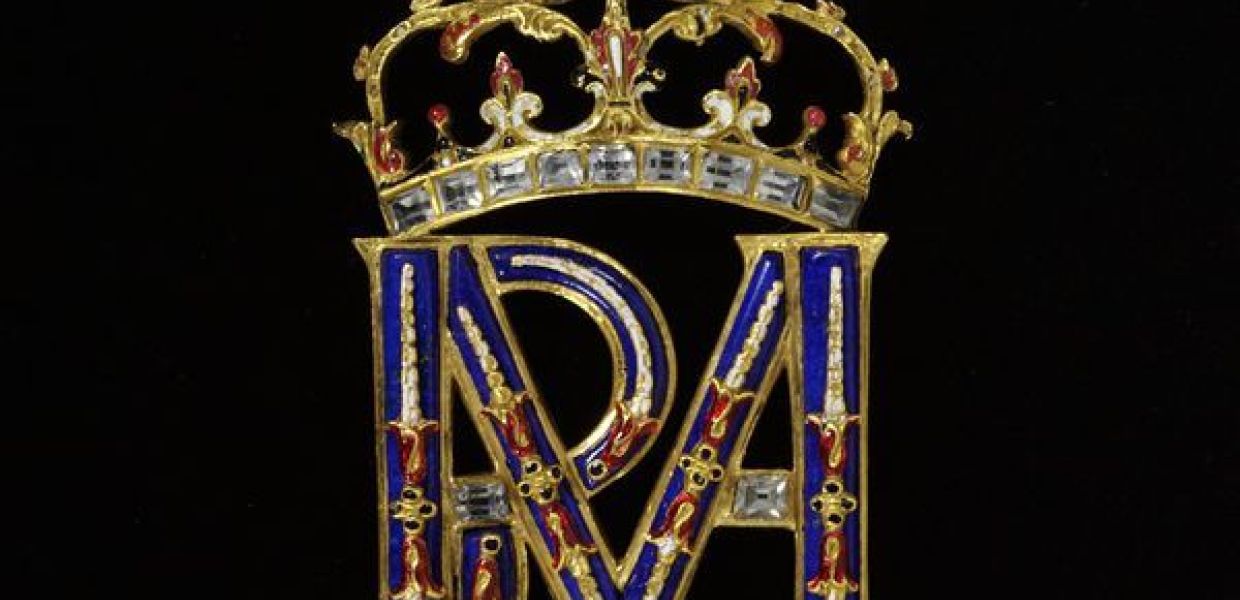
Until 31 October 2016 (23.59 CET) we are inviting applications to the second #EuropeanaChallenge of 2016, dedicated to the reuse of Europeana’s openly licensed content in a digital product that meets the theme of fashion. Below, we highlight some of the great reusable jewellry content you can access on our platform and view on our curated Pinterest boards. Read on to find out how #EuropeanaInspires.
Bracelets, necklaces and earrings are thought to be some of the oldest jewellry worn by early humans. The importance of jewellry in society - both personally, in religion and economically - is borne true by its prominence in graves, tombs and burial chambers for millennia. More than just an aesthetic adornment for the body, historically, the type of jewellry you wore - or if you could wear jewellry at all - could tell a lot about your social status and belief system.
Searching for re-usable ‘jewellry’ into the Europeana platform brings up over 1.300 entries, giving an invaluable insight into jewellry across multiple time periods, societies and traditions.
See, for instance, the image below of a Jewish wedding ring. The tradition of having a ‘house’ on top of a ring sets apart the Jewish wedding ceremony from other faith ceremonies. In some examples of a ‘house’ on top of the ring, a hinge would open up the house to reveal a message of luck for the newlyweds but with no visible hinge, this is likely to be an older example. Although we don’t know when the item was created, it is more common to have a gold wedding ring than a silver one across most Jewish cultures so this is an interesting specimen.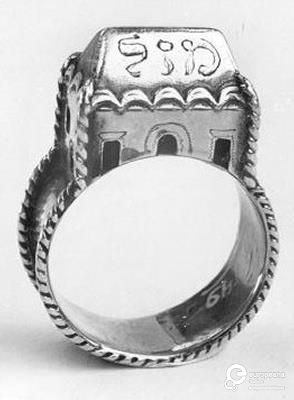
Trouwring, joods. Creator and date of creation unknown. Amsterdam Museum, the Netherlands. CC0.
Take this example of earrings (below) from around 1830 from a Swedish Collection at the Hallwylska Museum. Due to the detail and shape it’s very possible they were crafted in the Ottoman Empire. The star and crescent became associated with the Ottoman Empire during the 19th century and the detail in the earrings - the small pearl details and stitching, the gold drops and the use of the colour blue - are similar to others made in that period. The main feature, the three layered crescents and star, is interesting in how it is reminiscent of the (single) crescent and star of the Turkish flag. These earrings were given as a present in Sweden in 1900. In this case, wearing the earrings may suggest that the wearer is well-travelled or has a broad world perspective and knowledge, showing that that jewellry maintains both its economic value and social meaning at this time (see our recent blog on fashion plates for information on how fashion trends were spread and what fashion plates represented in Sweden in the 19th century).

Örhängen ett par - Carola Standertskjöld. Hallwylska museet, Stockholm, Sweden. CC BY-SA.
The double lion-headed ring (or hair ornament) below is most likely from the Hellenistic period in Greece (3-4 century BC). In this period, animal or human heads were common features in jewellry making. It has been said that gold was plentiful then, so we can assume that gold was worn often by those who could afford it. The lion in this example below could have mythological or metaphorical symbolism, or simply denote strength and might.
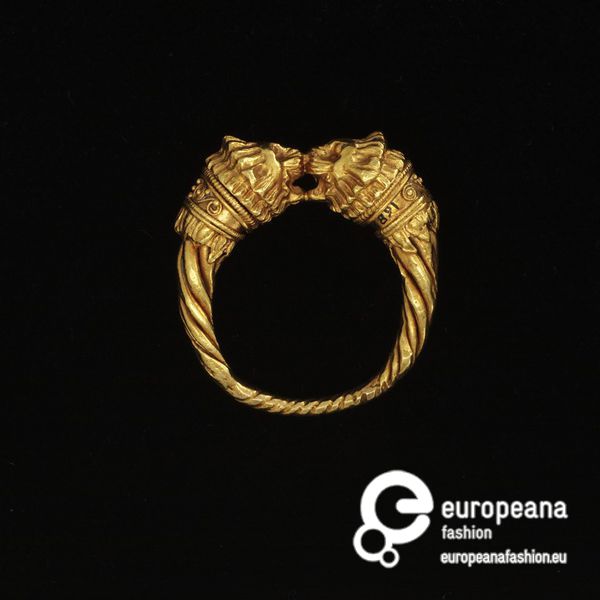
Ring. 4 - 3 century BC. Creator unknown. Victoria and Albert Museum, United Kingdom. CC BY-SA.

Pendant. 1600-1630. Spanish origin. Creator unknown. Victoria and Albert Museum, United Kingdom. CC BY-SA.
As a social signifier, jewellry often has meaning beyond aesthetics. Above is another example of jewellry bound with religious meaning (courtesy of the Victoria and Albert Museum, London). This pendant features the initials ‘RVM’ or “Religiosa de la Virgen María”, an abbreviation for the Virgin Mary. It was made in Spain between 1600-1630. The crown can be understood as similarly symbolic of the ‘royal queen’. Other content in Europeana use abbreviations such as “IHS” to refer to the Virgin Mary, which you can see if you look carefully at the Swedish pendant below from around 1750-1800. Of course, wearing such jewellry would have significant social connotations by visibly promoting one’s devotion to one’s faith.
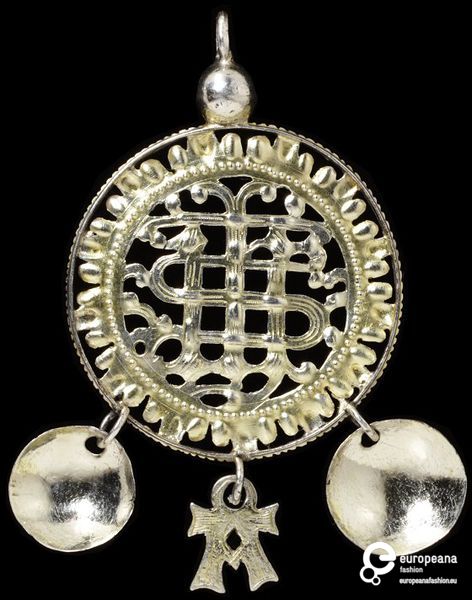
Pendant. 1750-1800. Swedish origin. Creator unknown. Victoria and Albert Museum, United Kingdom. CC BY-SA.
Finally, this last ring is in honour of that spooky time of year that’s fast approaching, Halloween. Topped with a skull’s head, one could think at first glance that this was a contemporary ‘fright’ piece designed for Halloween. However, this ring is thought to be from the 1600s and is likely to be a piece of ‘momento mori’, Latin for "remember that you have to die". In other words, this is a reminder of the wearer’s mortality and an outward method of demonstrating humility.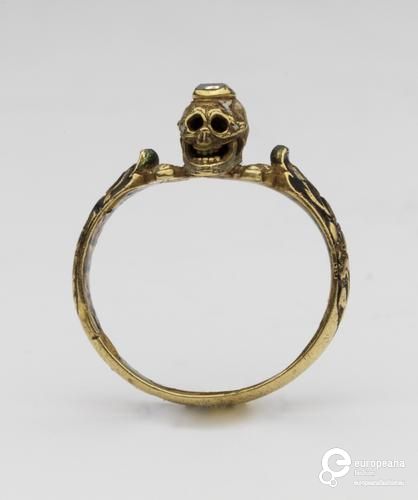
Ring. 17th century. Fries Museum, the Netherlands. CC BY-SA.
You can find Europeana’s content helpfully arranged into jewellry types, including bracelets, pendants and earrings on our Pinterest Board. Find your inspiration for the #EuropeanaChallenge!
